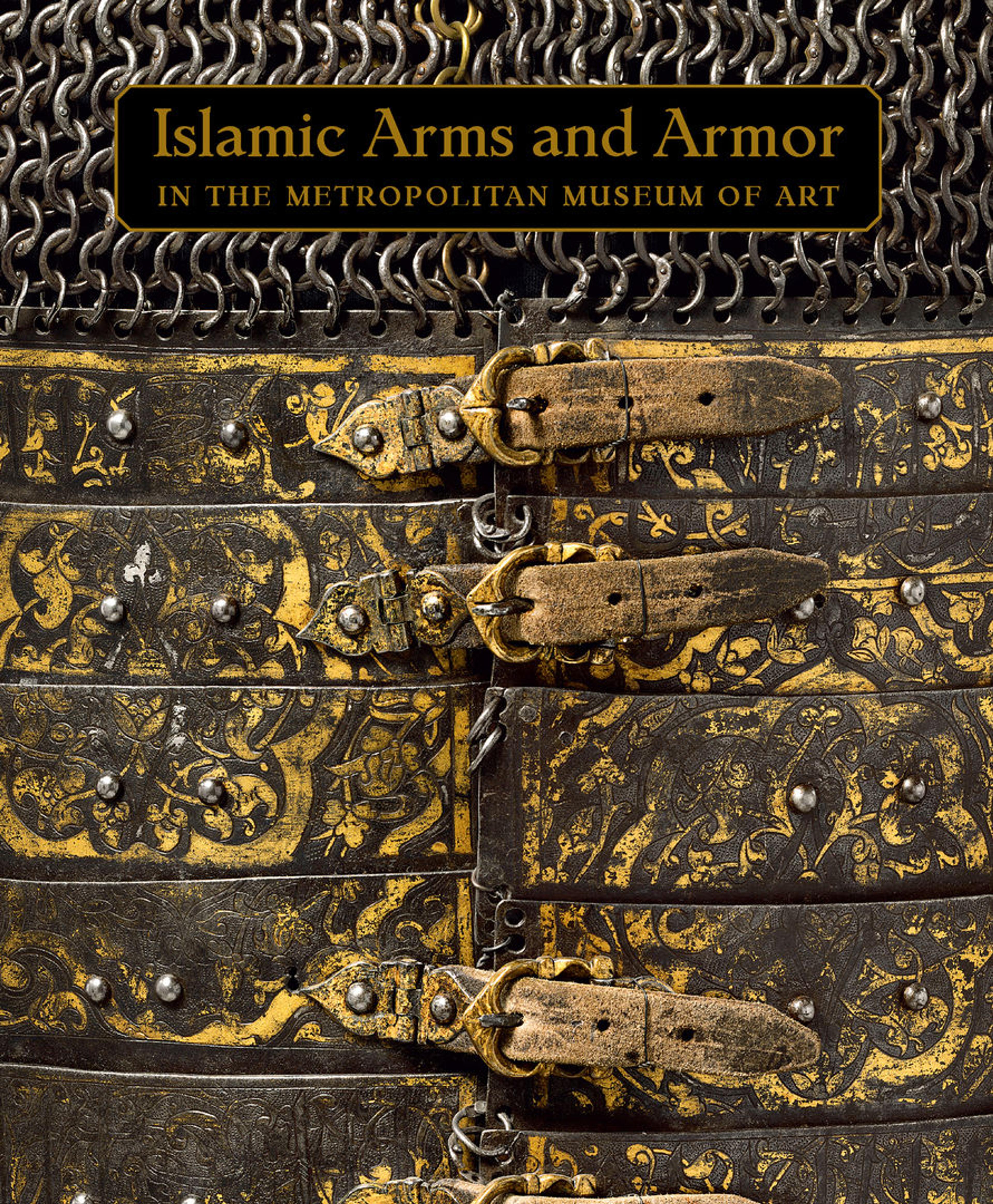Armor of Mail and Plate
This distinctive armor, constructed of mail and steel plates decorated with embossed brass plaques, is thought to come from the northeast Indian kingdom of Sind, now a province in southern Pakistan. The region was ruled by mirs of the Talpur family from 1783 until 1843, when it was taken over by the British. Very few of these complete Sind armors survive, and this is one of the best examples.
Artwork Details
- Title:Armor of Mail and Plate
- Date:late 18th–first half of the 19th century
- Geography:Sindh
- Culture:Indian, Sindh (now Pakistan)
- Medium:Steel, iron, copper alloy, textile
- Dimensions:H. 70 1/4 in. (178.5 cm)
- Classification:Armor for Man
- Credit Line:Bequest of George C. Stone, 1935
- Object Number:36.25.11a–g
- Curatorial Department: Arms and Armor
More Artwork
Research Resources
The Met provides unparalleled resources for research and welcomes an international community of students and scholars. The Met's Open Access API is where creators and researchers can connect to the The Met collection. Open Access data and public domain images are available for unrestricted commercial and noncommercial use without permission or fee.
To request images under copyright and other restrictions, please use this Image Request form.
Feedback
We continue to research and examine historical and cultural context for objects in The Met collection. If you have comments or questions about this object record, please contact us using the form below. The Museum looks forward to receiving your comments.
